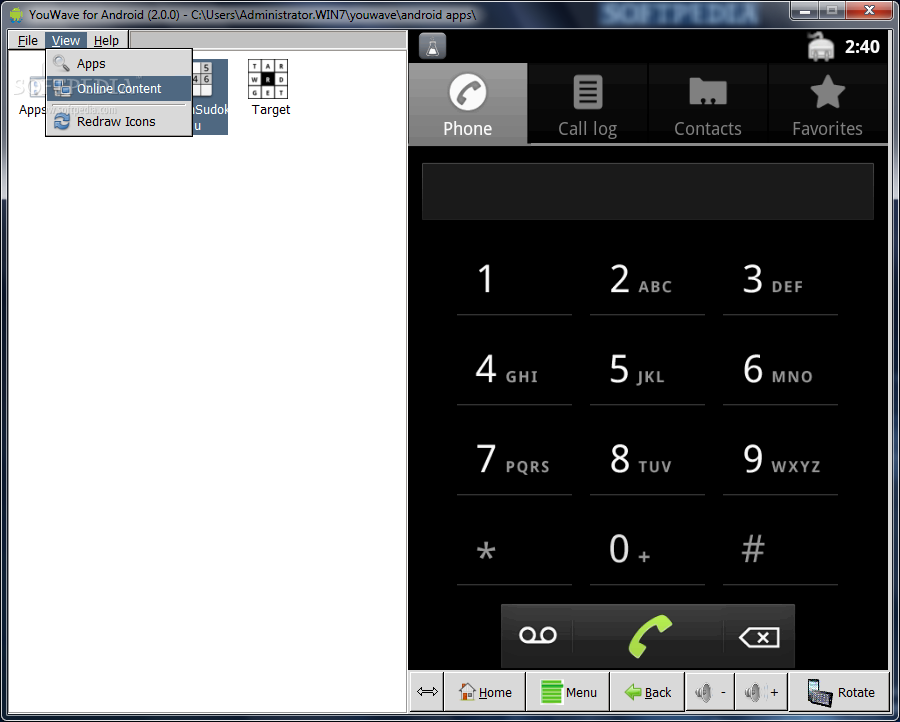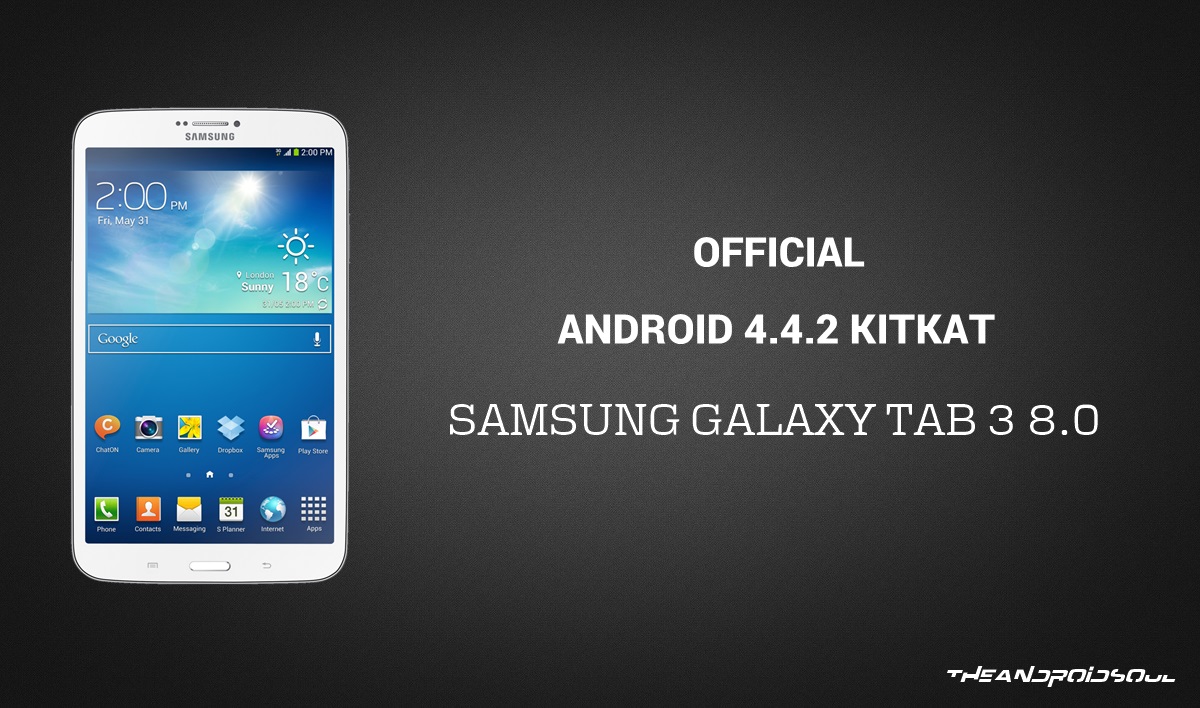Lucky Patcher APK Download For Android & PC But now, you can get rid of this tension quickly with the help of Lucky Patcher app which is a free app for all free services. It is much more than a little android app.
- Patch Download For Android Pc
- Microsoft Patch Download For Excel
- Patch Download For Idm
- Update Android Security Patch Level
- Commentary Patch Download For Cricket 07
Google’s monthly Android Pie security update for January 2019 is available now. As with previous updates, it fixes numerous potential security shortcomings in the Android OS that could be exploited by hackers and malicious programs. While these fixes apply to all Android Pie devices, the January update also has Pixel 3 and 3 XL-specific fixes, which will reportedly bring improved audio quality for video recording.
The update began rolling out to all devices this week. However, it’s possible you haven’t received the notification your phone is ready to update. If that’s the case, you can actually side-load and manually install the update yourself. It’s more complicated than simply waiting for the update notification to pop, but you’ll be getting the security fixes—and, if you’re a Pixel 3 users, the improved audio recording fixes—immediately. Here’s how to do it.
Advertisement
Manually installing Android Pie OTA updates
Before you actually download and install the update to your phone, we need to get things set up properly on the PC we’ll be transferring the update files from.
Advertisement
- Download the proper OTA file for your specified Android device to your PC from the Google developer site.
- Download ADB and Fastboot to your PC, then follow our ADP installation and setup guide for your PC’s operating system. It might seem a bit complicated at first glance, but the actual process is straightforward and should only take a couple minutes to complete. Alternatively, you can follow the installation method on the XDA Developers page for ADB. The process is slightly different but ultimately does the same thing.
Advertisement
Patch Download For Android Pc
With ADB installed and configured on your PC and the OTA file downloaded, we can now begin the update process on your Android device by booting it in.
- Turn off your Android device, then turn it back on by holding the power button and the volume down button simultaneously to boot into the Bootloader settings. When the Bootloader settings appear, use the volume keys to scroll between the options until “Recovery Mode” is highlighted, then quickly press (but don’t hold) the power button to select it.
- When you first enter recovery mode, all you’ll see is an image of the Android mascot laying down with a red error icon over its open chassis and the words “No command” on screen. When you see this, press and hold the power button for a moment, then press the volume up button. You’ll then be in the Recovery mode menu.
- Using the volume keys, scroll down to “Apply update from ADB” and tap the Power button to select it. You’ll now see a black screen with some tiny text at the bottom, but nothing will happen just yet.
- Connect your Android device to your PC via USB cable (your phone’s charger should work just fine for this).
- On your PC, open a command prompt window (either Command Prompt or Powershell on Windows, or Terminal on macOS/Linux) and type in the following command based on your operating system:
Windows: “adb sideload”
macOS/Linux: “./adb sideload” - Type in the name of the OTA update’s .zip file and hit enter to begin the update.
- If everything is properly configured, you will see a process bar on both your PC and your Android device showing the update’s installation progress.
- Once the update is complete, use your Android device’s volume keys to scroll to “Reboot,” and select it with the power button. Your device will then restart, and boot up as normal with the update file applied.
Advertisement
Security is of paramount importance, especially in the highly connected modern world, where devices are vulnerable to remote attacks and everything from your financial to personal data can be mined from your smartphone.
In the recent past, Google has become quite transparent regarding its efforts to make Android a secure platform and has been constantly providing security patches for Android.
For all those with devices running on Android Marshmallow 6.0 or later, you can check which security patch your device is currently updated with.Google’s Nexus and Pixel devices are the first ones to receive the latest Android updates. Likewise, these security patches are first released for Nexus and Pixel devices and if you own a device from some other manufacturer, you’re at their mercy.
Every company has to customise the security patch update according to their device’s specification after approving it — making the process lengthier.
Find Out Your Device’s Security Patch
- Open your smartphone’s settings menu.
- Scroll to the bottom, find ‘About phone’.
- Find ‘Android security patch level’ and check the date of your device’s latest security patch.
The date on the security patch is not the date at which you might have received Google’s security patch, but the day the patch was first released — in most cases, you’ll receive the patch at a later date than the released date.
Google states that Pixel and Nexus devices receive ‘security patches for at least three years from when the device first became available’ or ‘at least 18 months from when the Google Store last sold the device’ — whichever of the two is longer.
If you’re stuck with an old security update, you can check for updates but in most cases, you’ll be waiting for your device manufacturer to roll out the update.
Microsoft Patch Download For Excel
.png)
Writing on forums helps at times, given these days addressing feedback/grievances translates into a loyal customer base.
Patch Download For Idm
 Also See
Also See #security #How-to/Guides
#security #How-to/Guides Did You Know
Update Android Security Patch Level
Windows Hello is a biometric authentication feature in Windows 10.